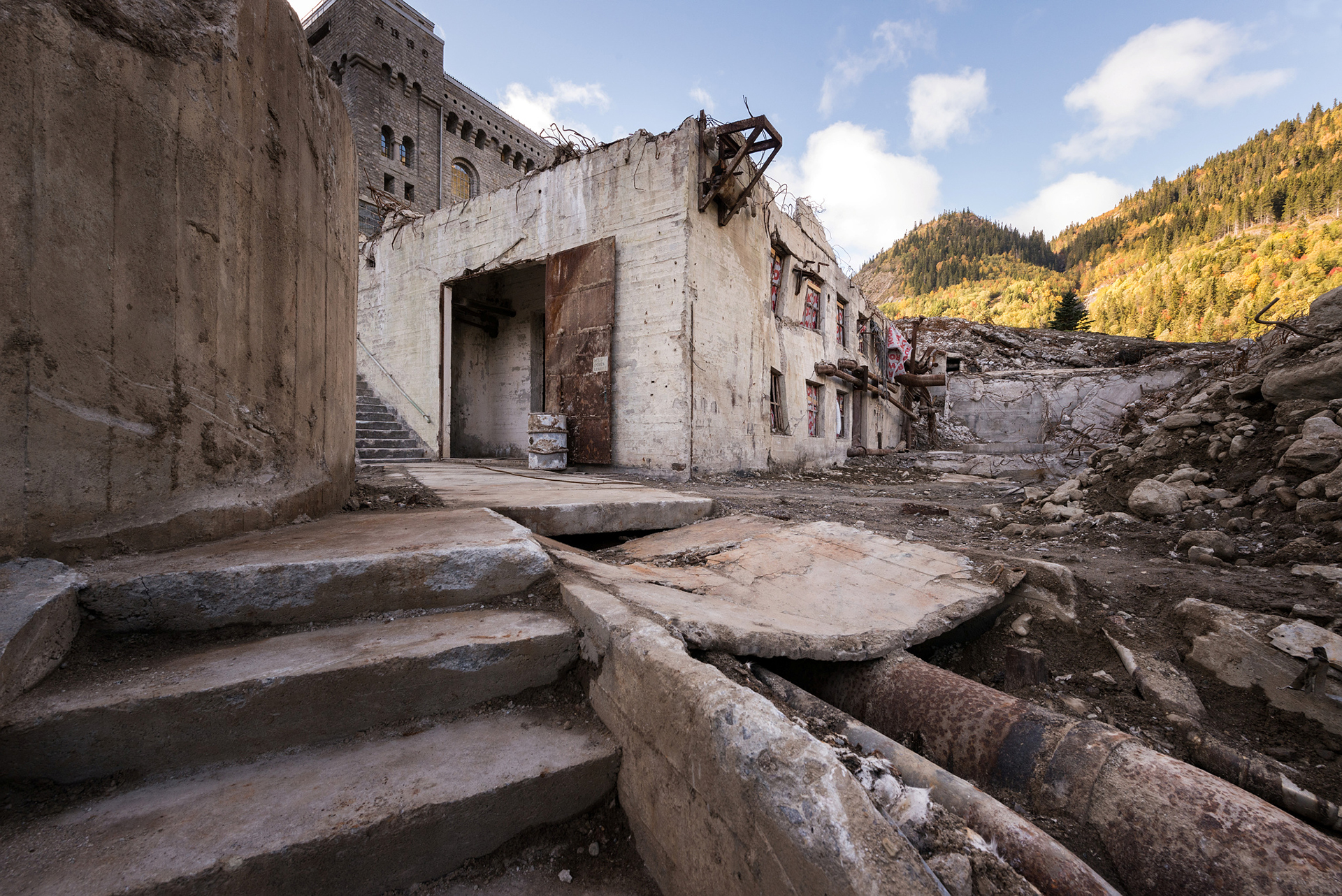
In the autumn of 2017 archaeologists from Telemark county municipality uncovered a well-kept secret under the ground at Vemork. Although the building above had been levelled by explosives, the cellar was intact. Down there, time had stood still for 40 years. Now the doors are being opened to the public. Go where the heroes went. Stand where the heroes stood. See the result of the operation that changed history. Welcome to the heavy water cellar.
Four high-risk operations
Norsk Hydro’s heavy water production at Vemork was an important part of the Nazis’ nuclear project during World War II. So important that as many as four perilous military operations were initiated to stop it.
See the operations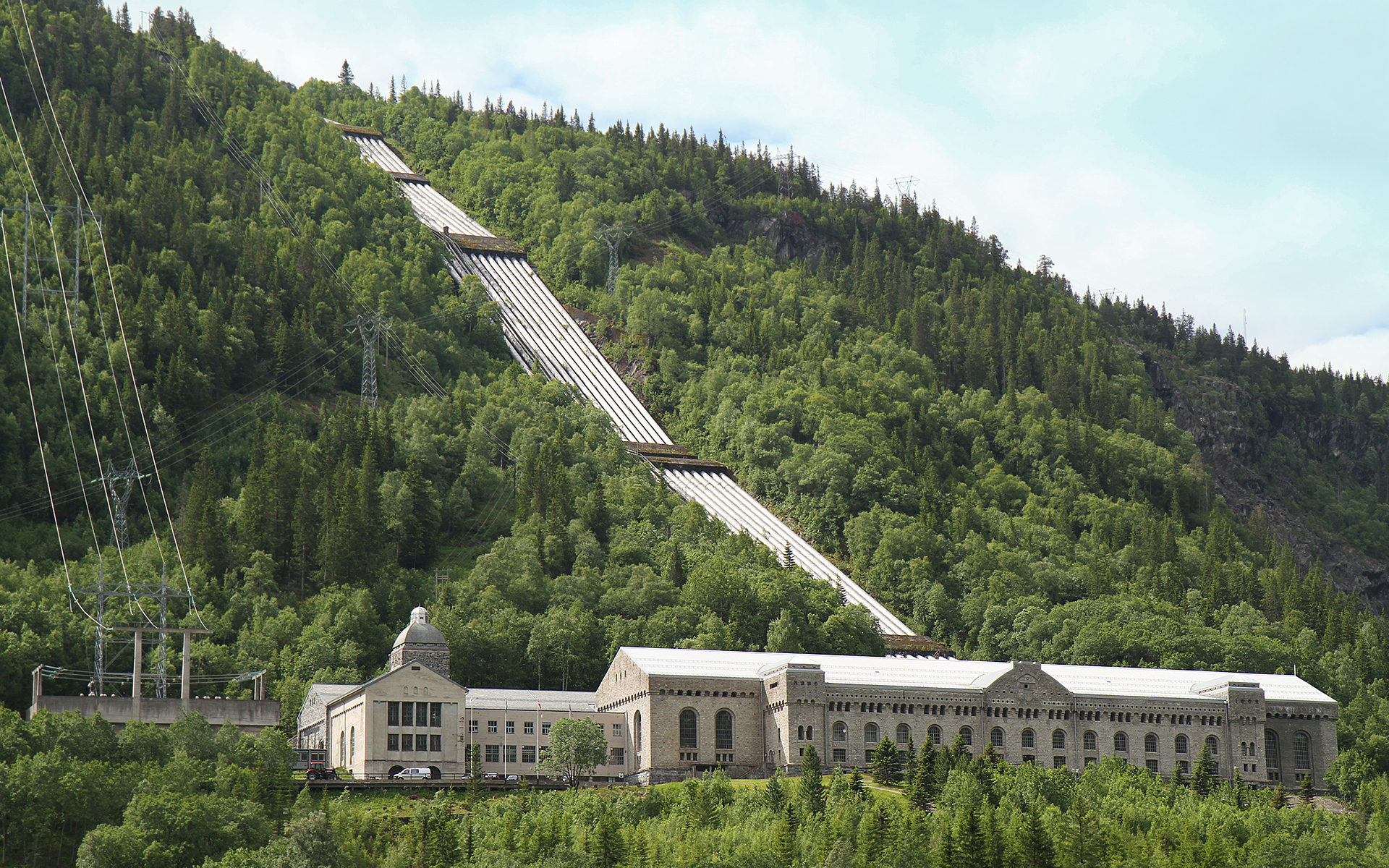
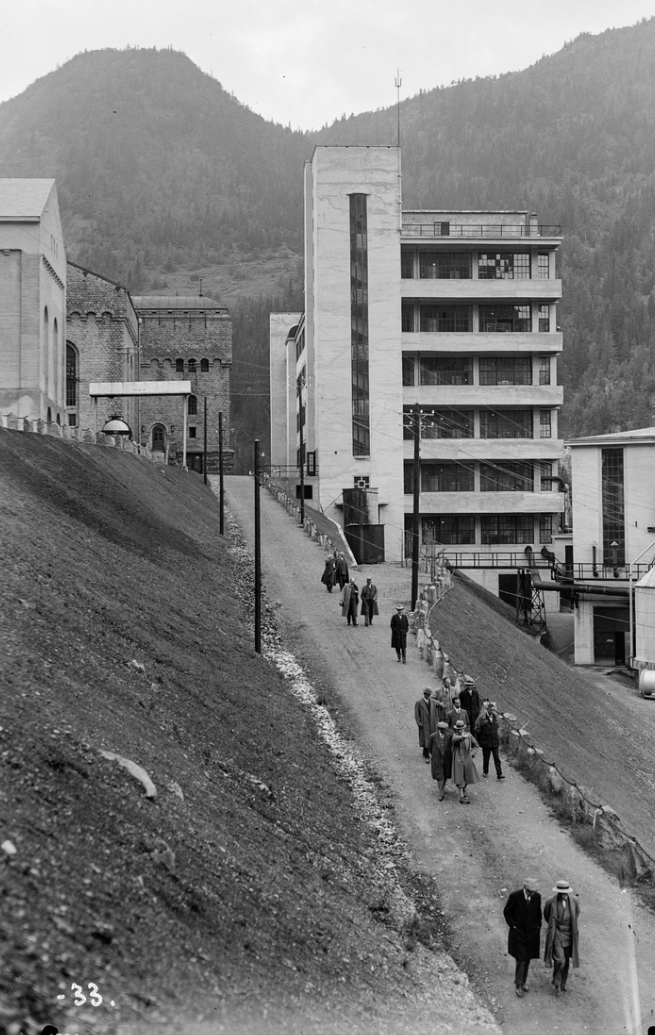
The heroes of Telemark
Who were the young Norwegian soldiers who risked their lives to carry out one of the most important and spectacular military operations during World War II?
Get to know the saboteurs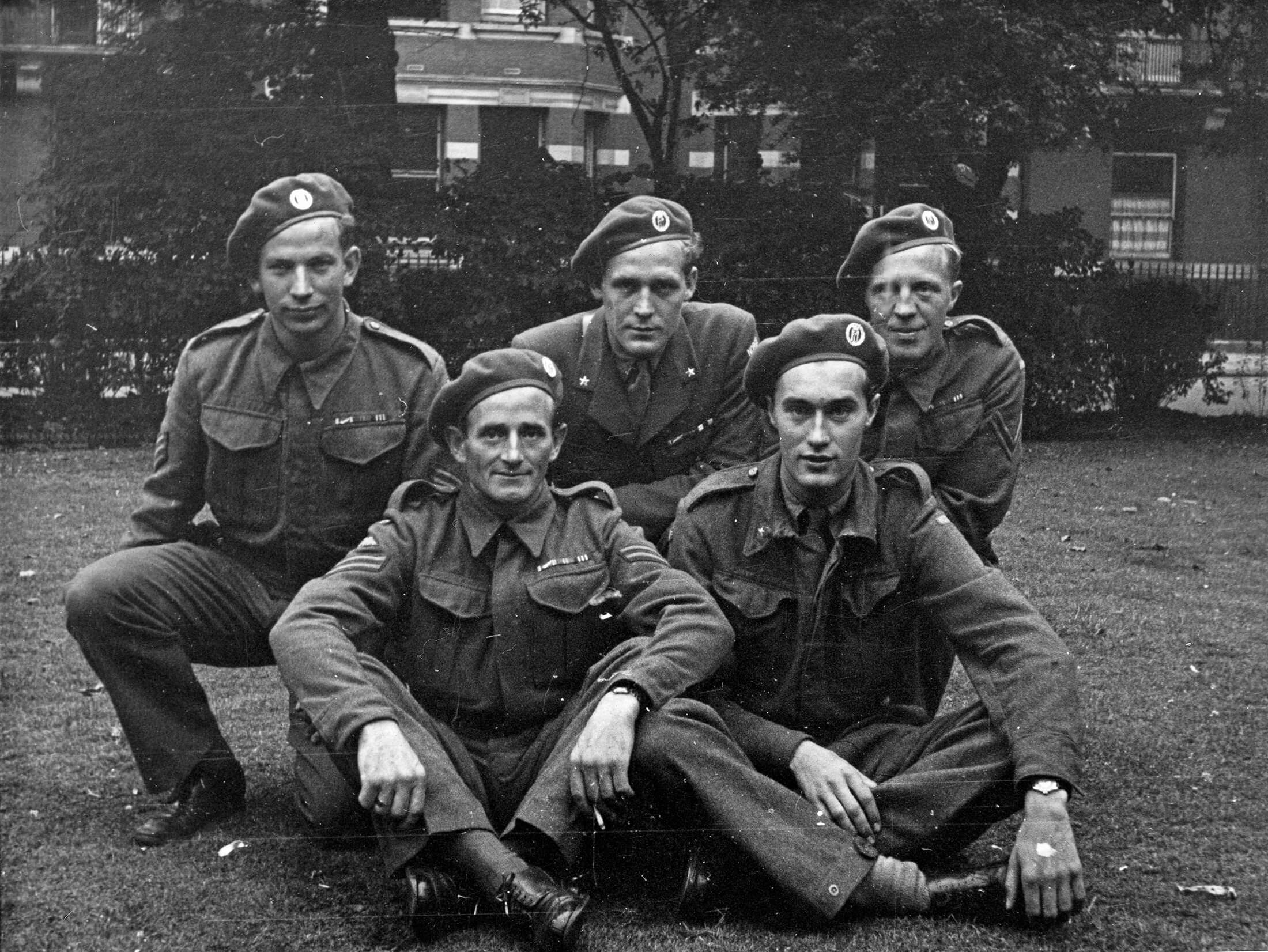
In the footsteps of the saboteurs
The Saboteur Trail is an 8 kilometre trail that starts at Rjukan Fjellstue and ends at Vemork power station. Here you follow the same route as the saboteurs on the night before 28 February 1943.
More about the saboteur trail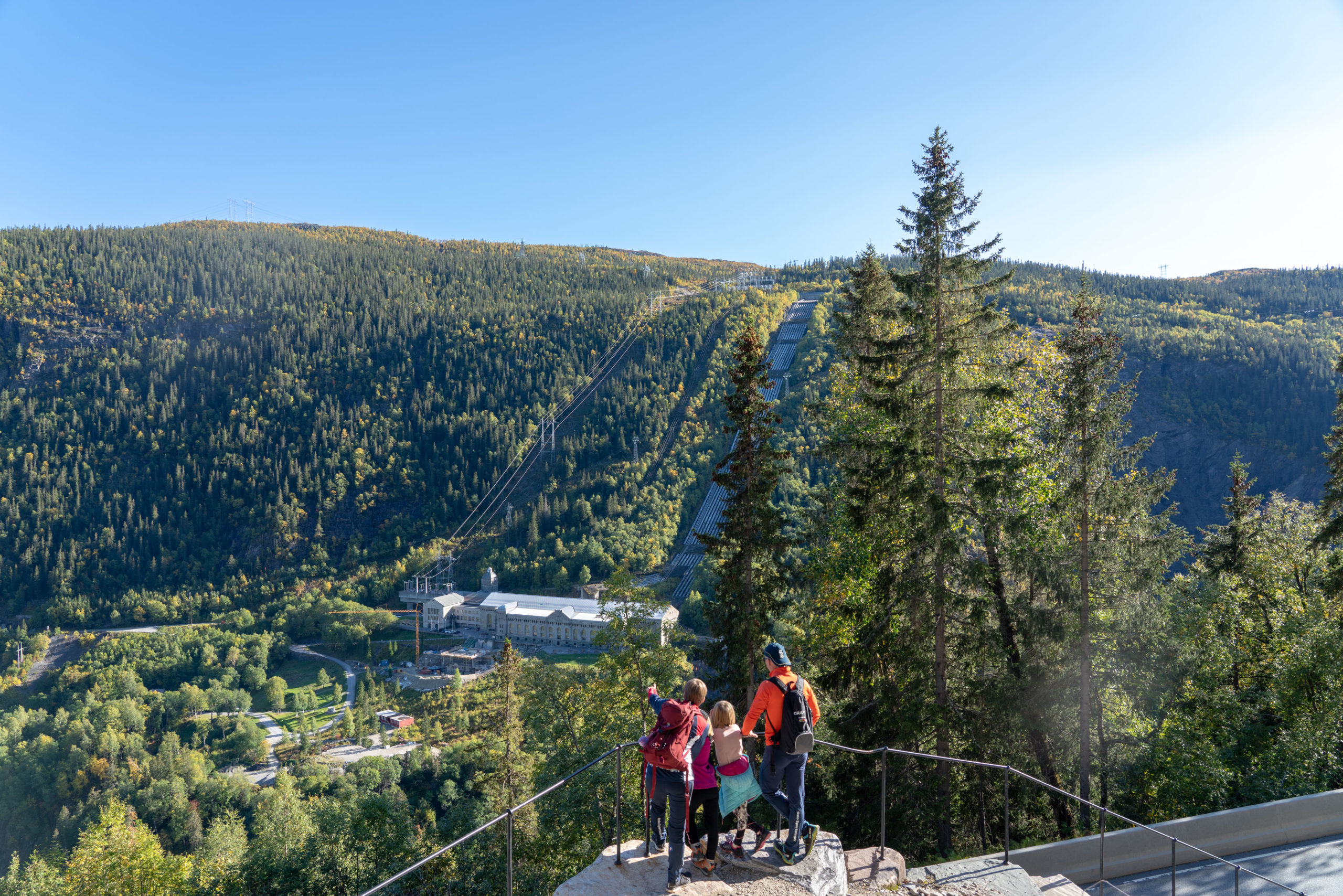
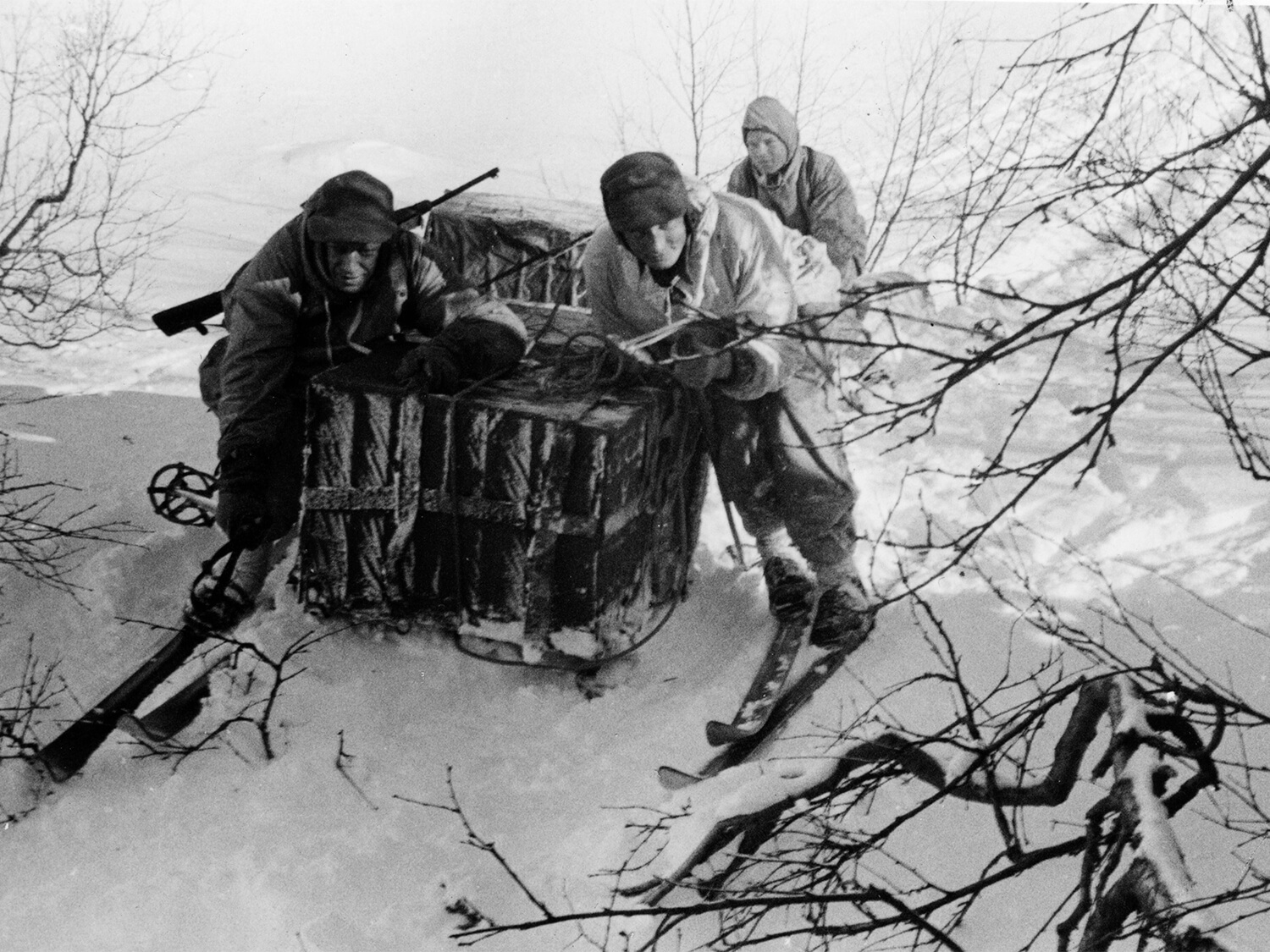
From Vemork to the world
The story of the heroes in Telemark has spread all over the world. It has been retold in TV series, documentaries, podcasts, articles, books and in films. Below is a small selection.
The Heavy Water War
This fantastic Norwegian drama series follows the heavy water war from four perspectives, the Germans, the Allies, the saboteurs and the company that owned the factory and the heavy water.
Inside the Daring Mission That Thwarted a Nazi Atomic Bomb
National Geographic interviews the author of the book “The Winter Fortress: The Epic Mission To Sabotage Hitler’s Atomic Bomb,” Neal Bascomb.


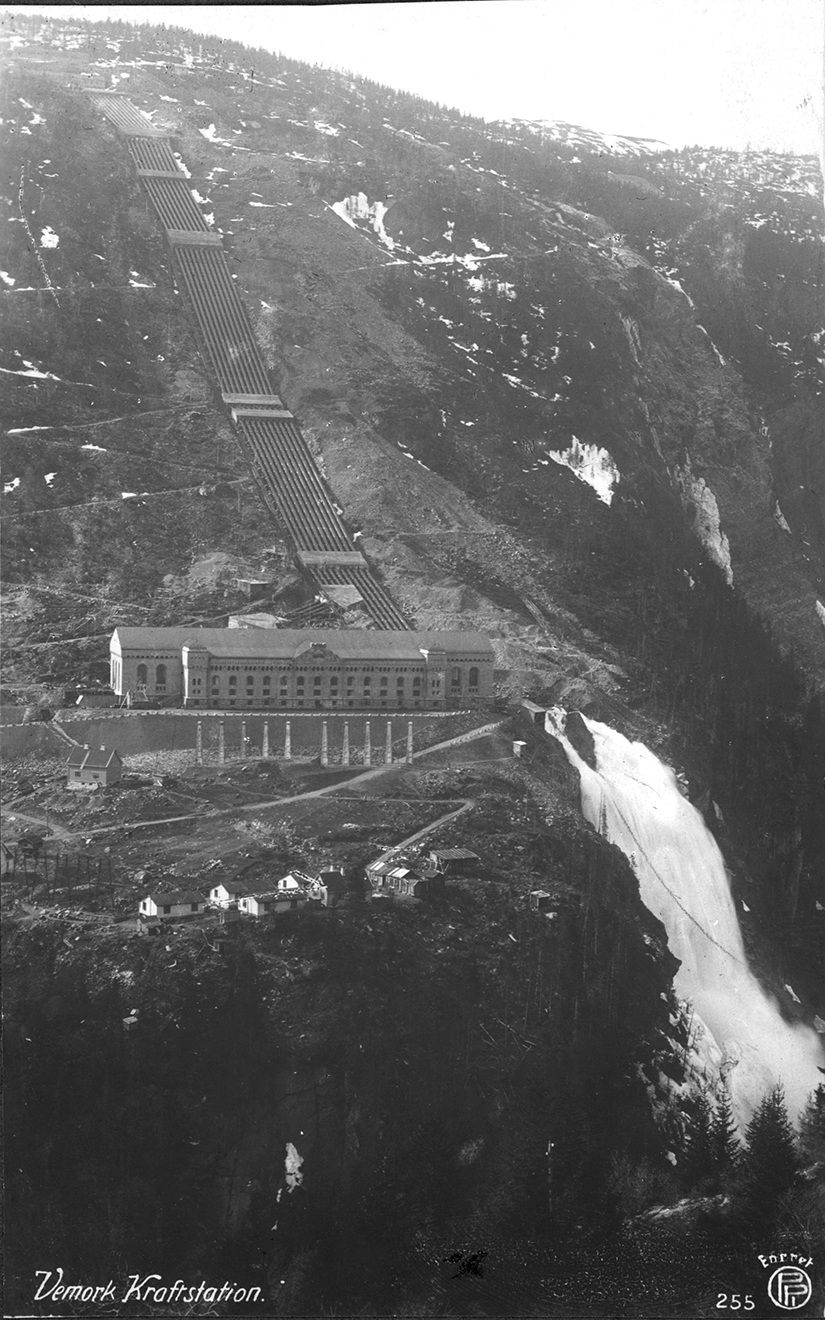



The Norwegian Industrial Workers’ Museum Foundation (NIA) was established on November 3. 1983, and has the social mission of promoting knowledge about working culture, hydropower, power-intensive and electrochemical industry in Norway, local cultural history, local war history, cultural heritage and art. The foundation consists of Vemork, Tinn Museum, Heddal Bygdetun, Tuddal Bygdetun, Rjukanbanen and Telemark Art Museum. The museum also functions as a World Heritage Center for Rjukan – Notodden Industrial Heritage which is part of the Norwegian World Heritage and on the list of Unesco World Heritage.

